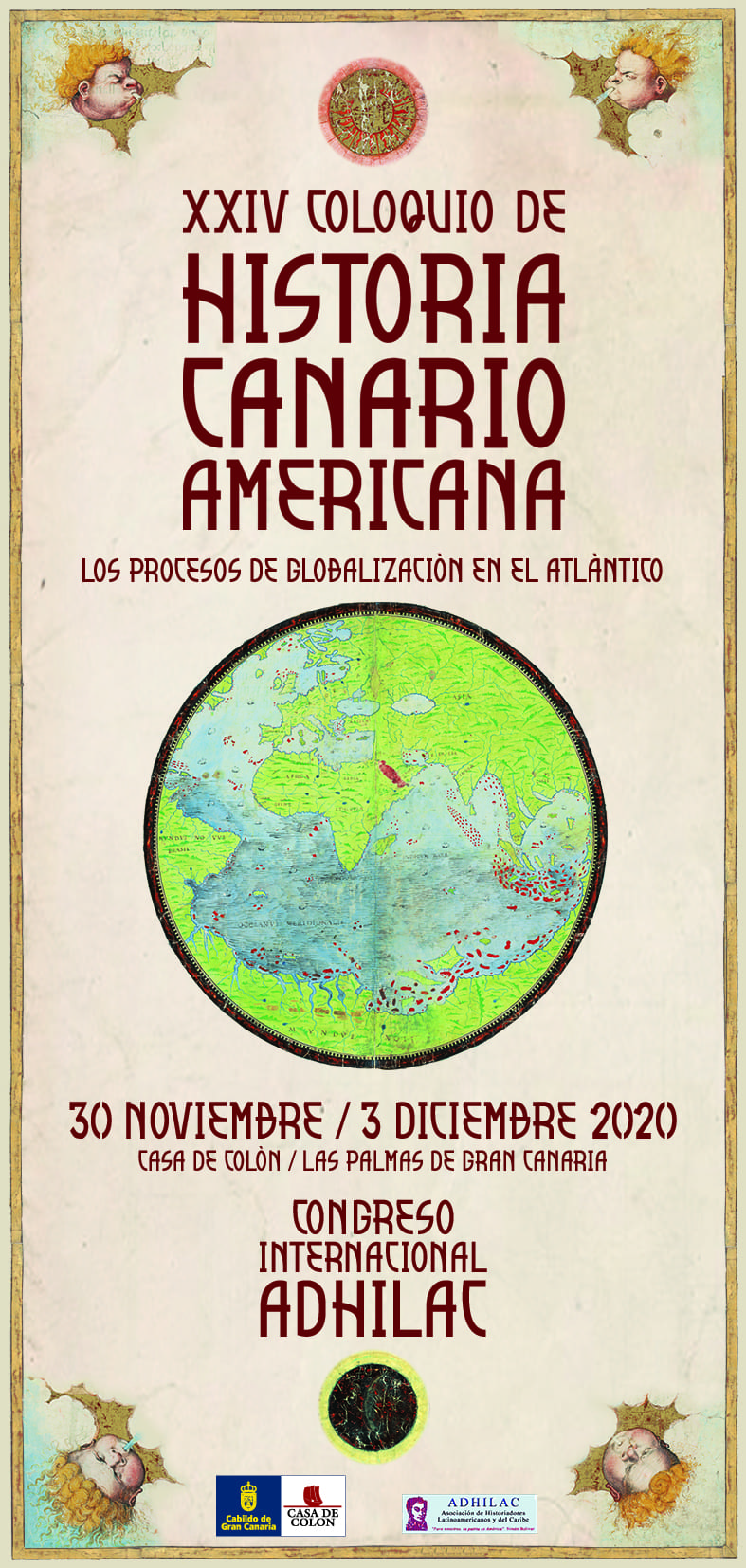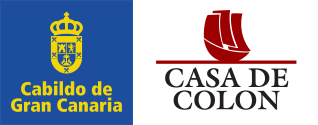El peso de Cuba como centro de la periferia africana hispánica. La maringa: un género colonial y un estilo autóctono en Guinea Ecuatorial
The role of Cuba as the center of the Hispanic African Periphery. The maringa: a colonial genre and an autochthonous style in Equatorial Guinea
Resumen
Existe un diálogo afro-atlántico de ida y vuelta de la cultura musical de criollos y annoboneses en Guinea Ecuatorial. Tras el periodo inglés (1827-1858) con influencias afrocaribeñas británicas, en el periodo español hasta el siglo XX, la colonia se gobierna desde Cuba, con una continua circulación de personas, prácticas y discursos afectando a los modos de hacer música. Llegan de la Habana a Bioko entre 1862 y 1897 negros emancipados, deportados políticos y ñáñigos, participando los cubanos junto con los autóctonos en las bandas de música. La maringa es un género afro-hispánico, última pieza del repertorio de las bandas coloniales y estilo autóctono tocado y bailado por africanos, prohibido en diversas ocasiones por las autoridades coloniales. Ha tenido un papel importante en el surgimiento de una identidad urbana guineana como género transversal en los social y étnico. Hoy es interpretada en dos estilos. Como danza final del bonkó de criollos y annoboneses y como género con la guitarra influenciada por melodías ibéricas y ritmos afrocaribeños.
There is an Afro-Atlantic dialogue back and forth among the musical culture of Creoles and Annobonese in Equatorial Guinea. After the English period (1827-1858) with British Afro-Caribbean influences, in the Spanish period until the 20th century, the colony was governed from Cuba, with a continuous circulation of people, practices and discourses affecting the ways of making music. Emancipated blacks, political deportees and ñáñigos arrived from Havana to Bioko between 1862 and 1897, with Cubans participating alongside the natives in the marching bands. Maringa is an Afro-Hispanic genre, the last piece in the repertoire of the colonial bands and an indigenous style played and danced by Africans, banned on several occasions by the colonial authorities. It has played an important role in the emergence of an urban Guinean identity as a cross-cutting social and ethnic genre. Today it is performed in two styles. As the final bonkó dance of Creoles and Annobonese and as a genre with the guitar influenced by Iberian melodies and Afro-Caribbean rhythms.




